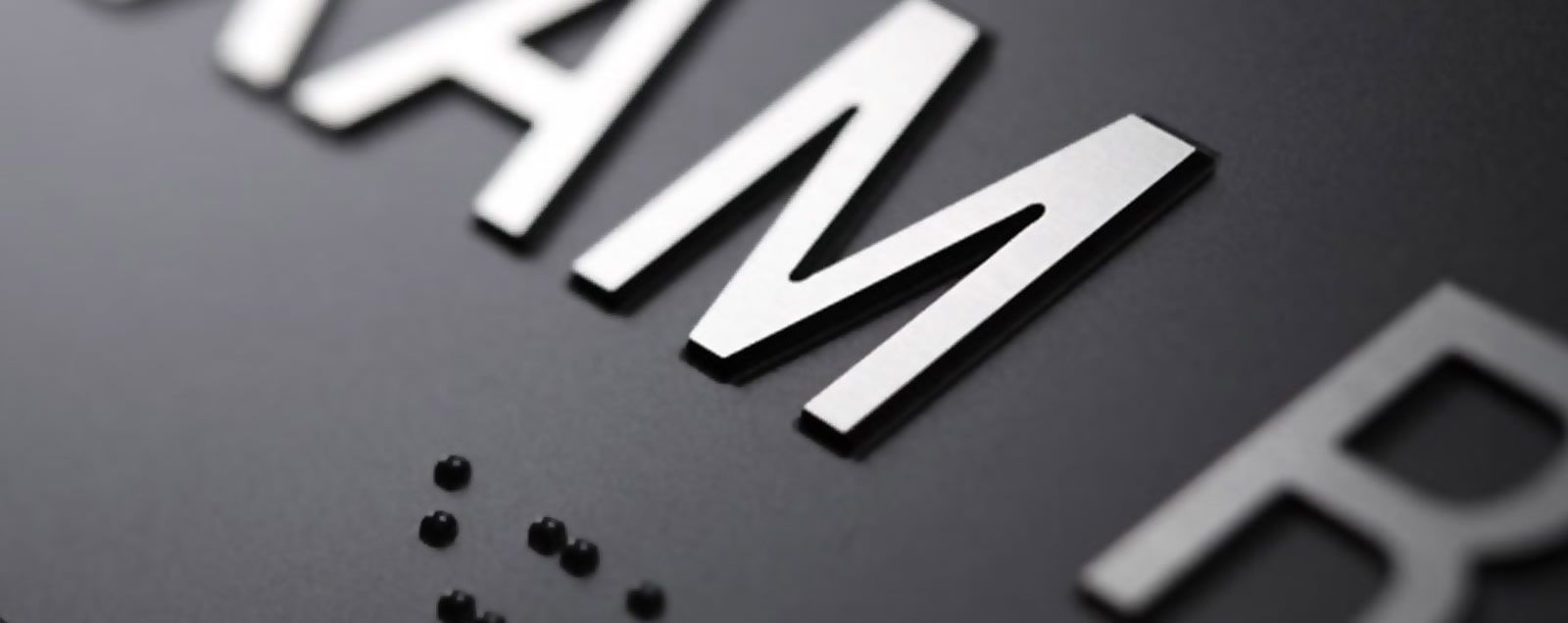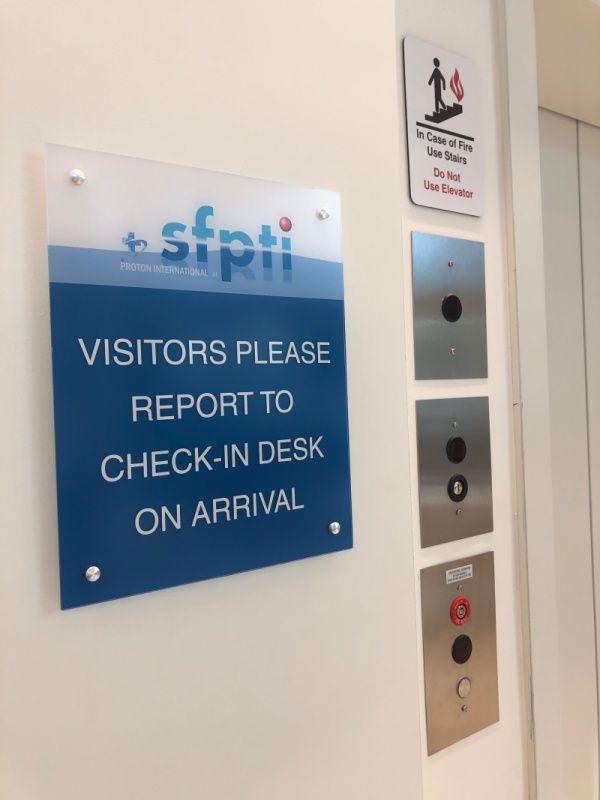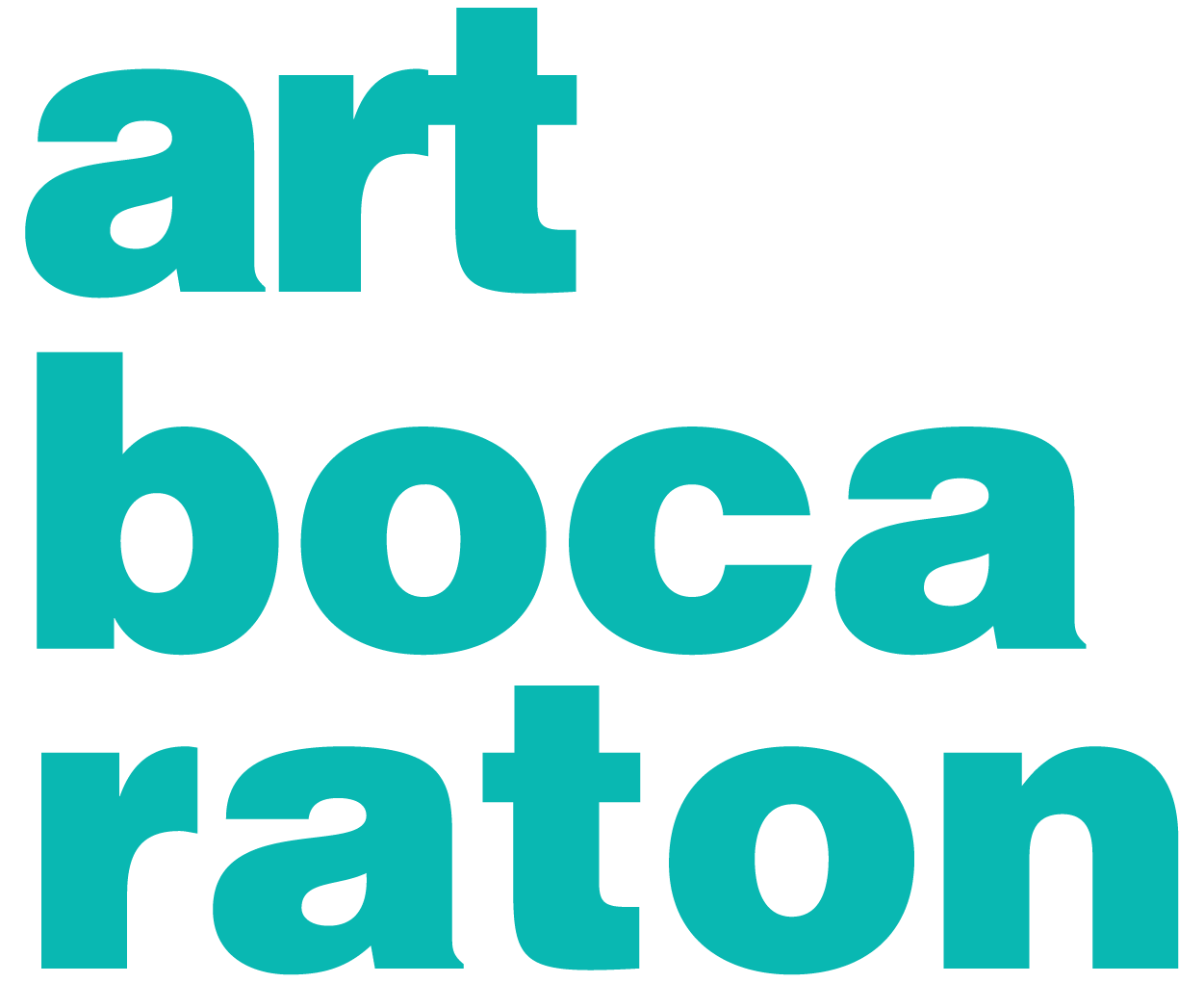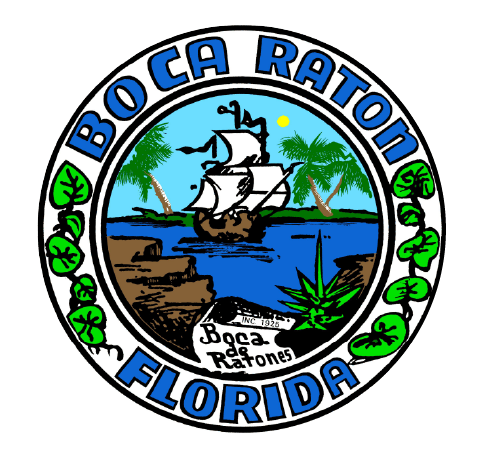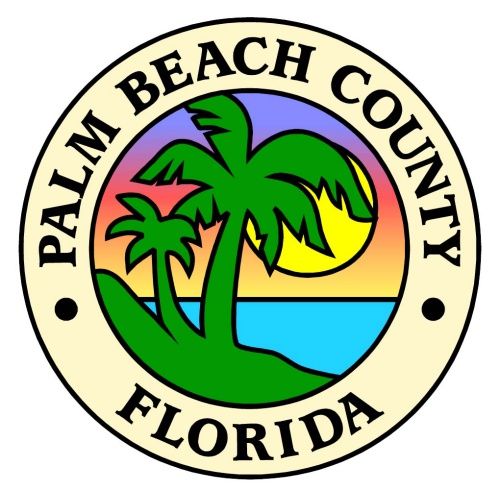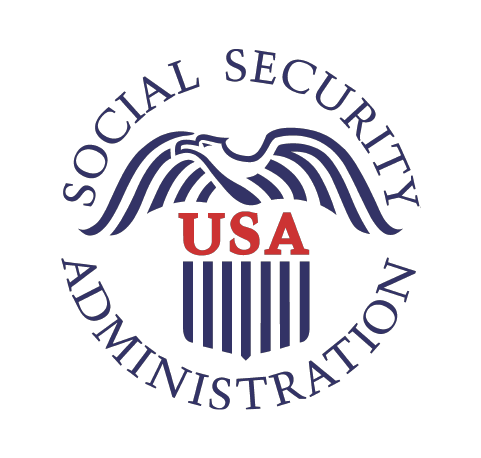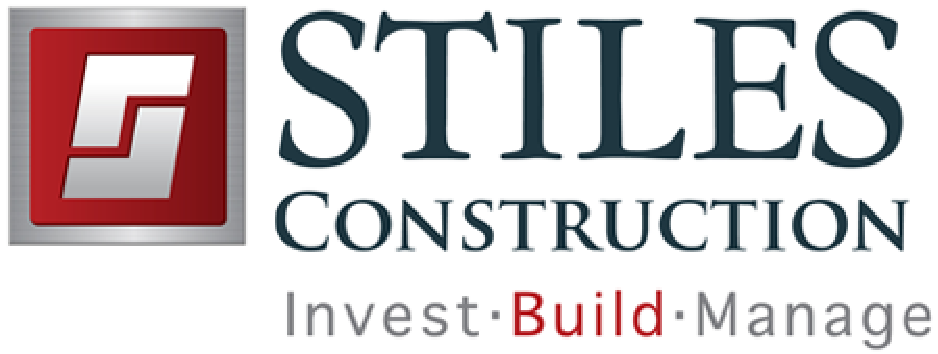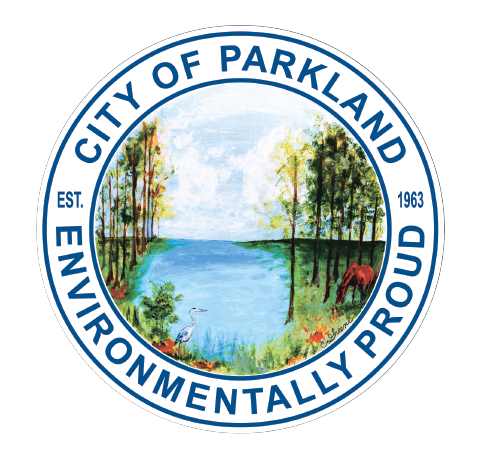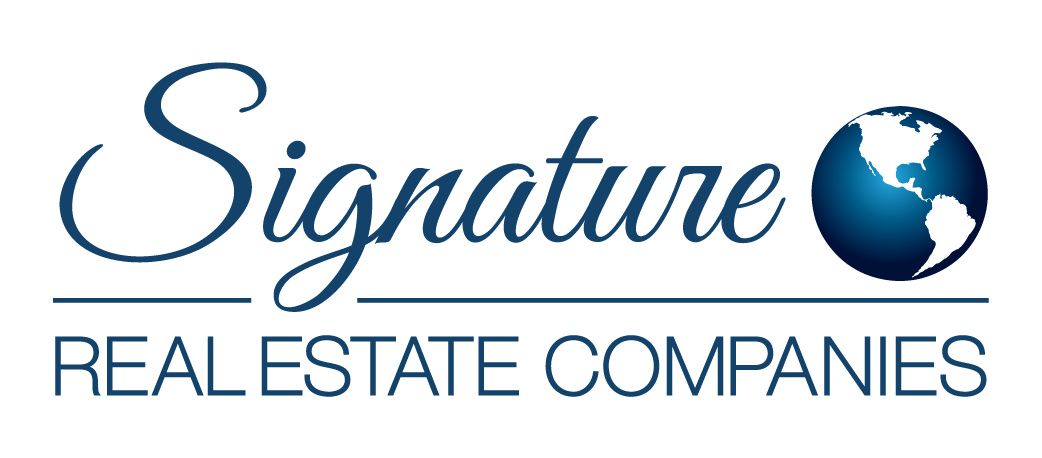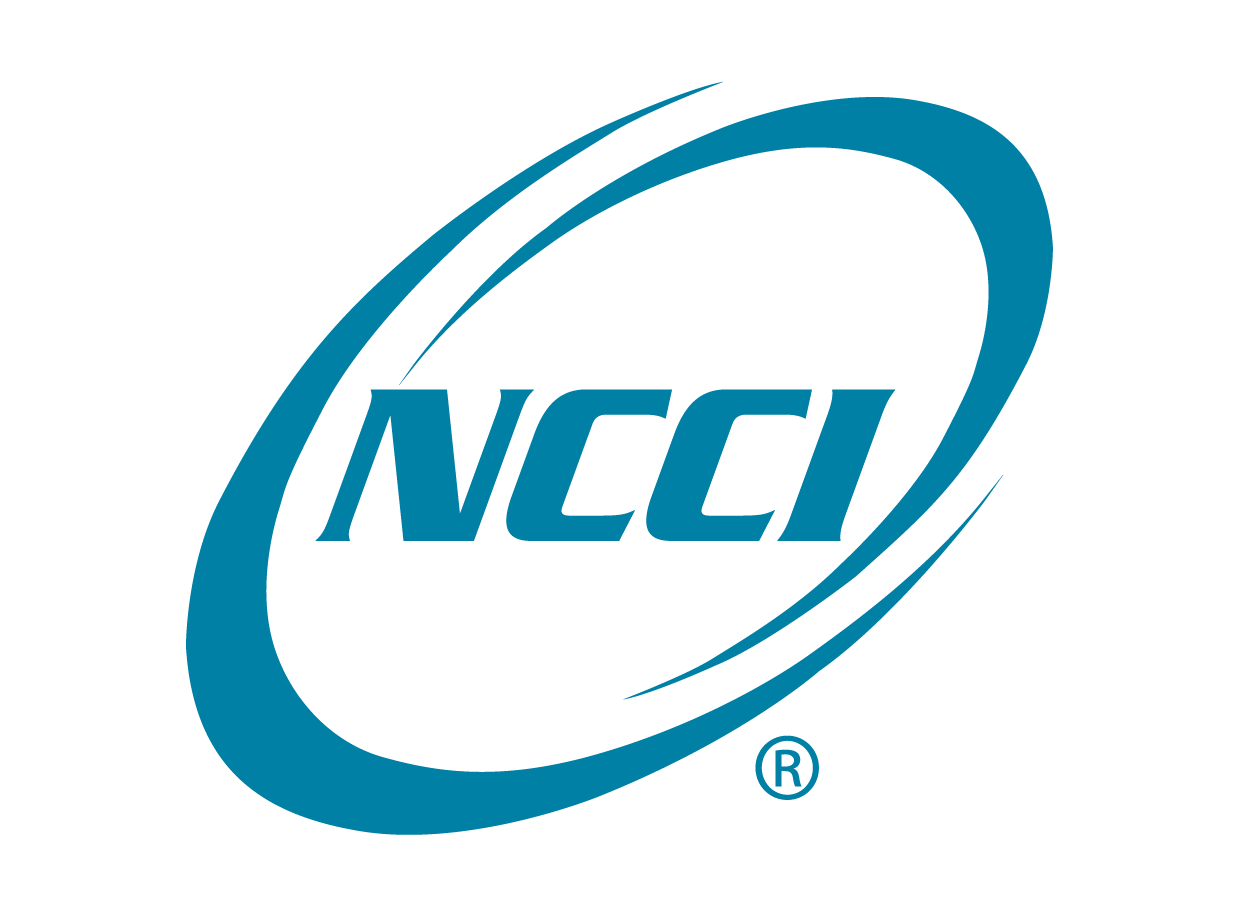What You Should Know About Ada Signs And Why Your Business Needs It
ADA signs are ADA compliant signs. First off, ADA stands for The Americans with Disability Act. The Act made several recommendations for signs to make it useful for people living with disabilities like visual impairment, total loss of vision, mobility issues, and other disabilities. They should be able to use the signs. The main aim of ADA signs is to make buildings and public facilities safe for everyone. The signs should be located in a convenient place and they should be easy to read both through touch and visually.
Why every business needs it
Without ADA signs, blind or visually impaired potential customers may not be able to find their way around your building and you may lose them and the business they intend to bring to your doorstep.
Some people may feel that the access to your facility is restricted because your signs and signage are not ADA compliant. Such people could file a lawsuit against you. Or if someone with impaired vision encounters an accident in your building because your signs are not ADA-compliant, you could get hit with a big lawsuit.
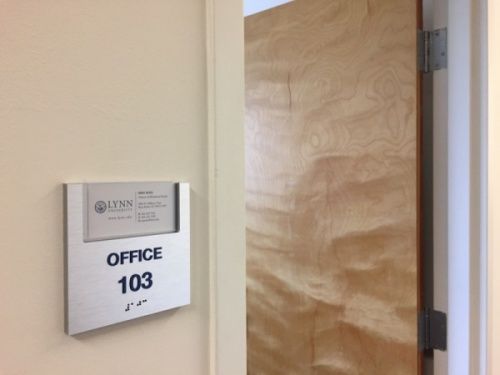
During routine inspection, if it is found that your signs are not ADA compliant, you may see your company paying a huge fine that runs into thousands of dollars. Most importantly, using ADA signs is the right thing to do as it makes your building safe for everyone.
Places where the signs are required
Here are some areas in your building where ADA signs are required.
• Kitchens
• Restrooms
• Utility rooms
• Mechanical rooms
• IT rooms
• Break rooms
• Exam rooms
• Electrical rooms
• Changing rooms
• Storage rooms
• Conference rooms
• Entrances of rooms (room/floor numbers or letters)
Types of signs that should be ADA compliant
Although it is a good practice to make all your signs and signage compliant, some signs require the compliance more than others. For the signs below, compliance is a must.
• Signs stating room types. For example, the restroom, waiting room, delivery room, and more.
• Directional signs
• Office name (For example, Admin office, Office of the Vice Chancellor)
• ‘In Case of Fire Use Stairs’ Sign
• Stairway signs
• Elevator signs
• Telephone signs
• Wheelchair Accessibility signs
• “No Smoking” signs
• Exit signs
Why you should hire an expert
Many people believe that every sign company can handle ADA signs. This is not so correct. ADA compliant signs and signage is a broad topic on its own with different branches; from the type of font, to the size of the font. And from the stipulated contrast level, to the locations where they should be placed. ADA Signs is a course of study on its own.
You need a service provider that is highly experienced in the field. It is necessary to hire a company that has been creating the signs like us. For more information, www.sign-partners.com or contact Sign Partners at (561)270-6919.

